
AjarnNorth
-
Posts
510 -
Joined
-
Last visited
Content Type
Events
Forums
Downloads
Quizzes
Gallery
Blogs
Posts posted by AjarnNorth
-
-
The snare I have, by the way, was not made by me but by the local snake catcher you can call. After his second visit in a week or so, I guess he thought I should have one of my own and dropped it off the following day. It serves, but your design is better.
-
I like the water monitor!
Most of the time I am alone to catch the snakes (GF fears) then not so many pics. I will try to make a cam support to make videos of the hunt

My wife is a trooper and will usually get me my camera while I am catching something. I took most of these pics after she handed me the camera. The monitors are fine and don't bother me, but my area is quickly being built up and with the amount of building, traffic, construction, and dogs, including my two, it's better for them if they are taken somewhere wooded where they might survive.
-
As far as i know, there are no confirmed records of Green Iora other than in the south. (Does anyone have different info on that?) Usual guide books all have it for South only and Philip Round's "Birds of the Bangkok Area" which covers most of Central Thailand doesn't list Green as having been recorded there.
-
 2
2
-
-
Any thoughts-Green or Common Iora?
Pretty bird sitting a few feet away from me in the big tree in my garden while I was having a cup of tea on the upstairs terrace.
Common, I am pretty sure. What province do you live in?
-
 2
2
-
-
Nice design and instructions! My kit isn't as fancy but gets the job done. Attached are a few of the critters caught in my yard - one of four reticulated pythons, one of two cobras (the one here is a monocled cobra), one copperhead racer (harmless but aggressive), and one water monitor. All relocated to wooded areas.
-
- Popular Post
- Popular Post
Thought I would post some pics of birds taken in or from my yard in Bangsaen, Chonburi. I posted my 86 species yard list above. These pics are of some of the more interesting sightings in or from my yard. The first is a Green-backed Flycatcher which Robson has a "rare to scarce rassage migrant." The second is a juvenile Christmas Frigatebird. Supposed to be uncommon this far north though I have since seen them four times (and got much better photos) in the area.
Both those were seen on the same day from my yard. I also had my first Dollar Bird that day so it was a really good day with three lifers all from my yard. it was Songkran so i wasn't leaving the property that day.
The third is an Alexandrine Parakeet. Red-breasted Parakeet are very common in Bangsaen, but Alexandrine not. In fact, it's likely this and the few others i used to see may have been a small feral group as a result of escapes. Sadly while i used to see them regularly in and from my yard, it's been a few years since i have seen them so they may have been caught or poisoned.
The fourth is a Crested-serpent Eagle. Not so rare out in the forest but an odd site just sitting on a pole on my soi.
The fifth is a pale morph Booted Eagle. Robson has these as rare to scarce passage migrants in South Thailand but as vagrant elsewhere in Thailand (though notes it may be a more regular passage migrant than is reported in some areas).
-
 7
7
-
I've never kept a garden list. I live in Buriram on the edge of extensive rice paddies on two sides of my garden, with a wooded temple compound on the third side, and village houses on the fourth. Every morning I take the dog(s) for a walk lasting about two hours, and in 8 years, I have recorded 170 species in this area.
I tried whittling that down to birds I had actually seen in or from the garden, and got a total of about 75 species.
Why not post the list, IB? May give those in Isaan some inspiration to document their own gardens, give them an idea of what they might look out for and put an end to the myth that there are no birds in Isaan because "they've all been eaten." My Surin Yard list is longer than my Chonburi one and was done in half the time. I will post it soon.
-
I used to specialise in photos of 'Hardbills' in the UK.
From what I can see a lot of these birds are probably 'Softbills'.
My favourite species for photos in the UK were Bullfinches, Goldfinches, Siskins etc. These are all Hard bills (seed eaters) whereas the likes of Robins, Thrushes etc., are Soft Bills (Berry eaters)
Are there any birds here that are similar to our UK Hard bills ?
-
Great idea, i'm going to start my list.
We have loads of birds in the garden but i did not think there were many different species, after seeing the other lists it will be interesting to find out.
Can anyone recommend a camera/lens for photographing them.
If you're just looking to photo birds but don't want to take on the monumental task of learning about photography and lenses and etc. then look to the fixed lens superzoom cameras. I use a fuji HS35. Make sure you get the manual zoom. Affordable, nothing to learn. I keep mine on auto almost constantly. And if i drop it in a stream or flip in a kayak, they're only about 12000 baht. If you want Nat. Geo quality, then prepare to spend a lot of money. If you just want good clear shots of birds and a good camera you can use for multiple purposes, i highly recommend the Fuji or other fixed lens superzooms. All the photo buffs will say I am wrong.
-
 1
1
-
-
The wife took this photo (with iphone) of an owl in our garden wall (khlong, trees, fishfields behind the wall). What type of owl is it, and is it adult or juvenile?
Collared scops Owl.
Is it a native or visitor to Thailand? I ask as i couldn't find much about it and Thailand on the web, but i know the local collectors around me keep them (my barber 200 m for example keeps them and eagles) so was wondering was an escapee (wouldn't be the first escapee in my garden).
They are resident. Their call is a soft "pooh" which they will repeat at 12 second intervals. They nest in holes in trees. I had two just next to my house which I assumed were nesting and possibly raising young but suddenly disappeared, though I still hear them. Probably their nest was raided by a monitor lizard.
-
 1
1
-
-
The wife took this photo (with iphone) of an owl in our garden wall (khlong, trees, fishfields behind the wall). What type of owl is it, and is it adult or juvenile?
Collared scops Owl.
-
 2
2
-
-
- Popular Post
- Popular Post
Bangsaen Yard List (86 species). Bangsaen, Chonburi. This list is based on parameters sent to me by another TV member: Species seen OR heard from the property you reside in, including distant flyovers and heard only. All of the below were seen and photographed over the last 4 years in or from my garden. If anyone has any questions about any of these species/sightings or wants to see photos of anything here just ask. Some are daily sightings, some are single sightings.
For those unfamiliar, Bangsaen is about half way between Bangkok and Pattaya on the coast. I live on a very wooded soi two blocks off the sea. My garden is full of trees and each side of the house is flanked by wooded lots. There is a fruit orchard across the street. There will be additions to this as there are many waders in the area that no doubt fly over the property that I have not YET positively ID’d by sight, call, or photo from my yard but see regularly in the area.
Looking forward to seeing other Garden/Yard Lists from Thailand whether they have 2 or 200 species!
Bangsaen Yard List – Feb 2012 to March 2016 (86 species).
Indian Shag
Little Cormorant
Christmas Frigatebird
Coppersmith Barbet
Common Hoopoe
Dollar Bird
Indian Roller
Common Kingfisher
White-throated Kingfisher
Black-capped Kingfisher
Green Bee-eater
Blue-tailed Bee-eater
Plaintive Cuckoo
Green-billed Malkoha
Greater Coucal
Asian Palm Swift
House Swift
Barn Owl
Collared Scops Owl
Asian Barred Owlet
Spotted Owlet
Rock Pigeon
Spotted Dove
Peaceful Dove
Alexandrine Parakeet
Red-breasted Parakeet
White-breasted Waterhen
Spotted Redshank
Common Redshank
Common Greenshank
Black-winged Stilt
Whiskered Tern
Osprey
Black-shouldered Kite
Brahminy Kite
Shikra
White-bellied Sea-Eagle
Crested Serpent-eagle
Booted Eagle
Red-wattled Lapwing
Little Egret
Grey Heron
Purple Heron
Great Egret
Chinese Pond Heron
Javan Pond Heron
Black-crowned Night heron
Cinnamon Bittern
Painted Stork
Asian Openbill
Brown Shrike
Large-billed Crow
Ashy Woodswallow
Black-naped Oriole
Pied Fantail
Black-naped Monarch
Asian Paradise-flycatcher
Black DrongO
Ashy Drongo
Hair-crested Drongo
Common Iora
Asian Brown Flycatcher
Red-throated Flycatcher
Green-backed Flycatcher
Oriental Magpie Robin
Pied Starling
Common Myna
White-vented Myna
Barn Swallow
Black-headed Bulbul
Sooty-headed Bulbul
Yellow-vented Bulbul
Streak-eared Bulbul
Plain Prinia
Common Tailorbird
Dusky Warbler
Yellow-browed Warbler
Scarlet-backed Flowerpecker
Brown-throated Sunbird
Olive-backed Sunbird
House Sparrow
Eurasian Tree Sparrow
Baya Weaver
Forest Wagtail
Black-winged Cuckoo Shrike
Scaly-breasted Munia
-
 7
7
-
Dead bird is a Siberian Thrush - I seem to remember Isanbirder already makingt that ID in another thread. The first pic of Storks looks like mostly Openbill Storks with possibly a few Painted Storks. The Coucal is a Greater.
That's correct on the Siberian Thrush.
How to tell the difference between Greater and Lesser Coucal?
Lesser have buffish streaks on their bodies that are quite visible. But they are also generally much more skulking and tend to stay in high grass or reeds near water. If it's hopping around your garden fully exposed, you can pretty much peg it as a Greater.
-
 1
1
-
-
had these two a while back .... not sure what name ..
Black-naped Oriole (with the slight possibility that they are Slender-billed Oriole,but the pics are not clear enough to say so I would stick with Black-naped). They are winter visitors.
-
 2
2
-
-
we get very brave collared dove types which aren't bothered by me
We get those little gray birds, not afraid they walk around on the ground and have accidently nearly stepped on one on several occasions

Zebra Dove most probably. Sometimes they're referred to as Peaceful Doves.
-
 1
1
-
-
- Popular Post
- Popular Post
Dead bird is a Siberian Thrush - I seem to remember Isanbirder already makingt that ID in another thread. The first pic of Storks looks like mostly Openbill Storks with possibly a few Painted Storks. The Coucal is a Greater.
-
 3
3
-
- Popular Post
- Popular Post
I can see where you are coming from. I would be happy to answer your questions too since I keep a log of what visits my patch. As for feeding, no I don't but the trees and shrubs are very bird food friendly.^That's a shame there's no general bird forum. Should we open one?
I was just wondering what birds people got in their gardens, where are they (town/province), do they feed themand with what? That kind of thing. Doesn't seem quite right to post on this photography forum though.
BUT I do provide water which draws the birds in the dry season and as a bonus provides some photo ops.
Is this the place for such discussions?
Not sure it is but would be interested what other regulars think.
There is an excellent and active thread in the "Isaan Forum" called "Birdwatching in Isan" started by @isanbirder that's been going for years. I was living in Isaan when I discovered it and had just started birding really and it was a huge source of good info for me. At this point, the posts are from people all over Thailand, not just Isaan, and there are photos and IDs discussed from photos and a lot of general info about guide books and etc.
http://www.thaivisa.com/forum/topic/229372-birdwatching-in-isan/page-29
But yes, it may be time for Thaivisa to consider dedicating a forum to birds of Thailand.
As it is there are occasionally bird ID requests in the "pets and gardening" thread, sometimes in this thread and sometimes in the Isaan thread. A general birding thread may be better at this point.
Subtopics could include one thread for each region. In each region could be a sub thread for provinces.
ID help could be a thread of its ow as people from all regions could help there.
And yes, Bredberry and tefldon - YARD/GARDEN LISTS. In fact, just the last few days I was talking with another TV member about this. People all over the world do this with parameters such as, and I quote the other TV member who has been doing yardlists longer than me, "I define yard list as any bird seen OR heard from the property,including distant flyovers and heard only." That would be fun and useful.
It shouldn't matter if your list is 5 species or two hundred. I now live in Bangsaen, Chonburi and I am a pretty active birder in that I go out to areas around my town often such as fishponds and the coast and mangrove areas, yet almost all of the most interesting sightings I have had in 4 years were actually from my yard! So whether you have 6 birds or 60 on your list, it's possible one of them was an important sighting for that area.
-
 3
3
-
- Popular Post
- Popular Post
-
They're common in Buriram all year round. At this time of year they're nesting. I hear their distinctive call every day.... hoo..hoo, two, three or four notes.
I haven't seen them for a bit but I can hear them, mostly in the morning I think.
I think you guys might be mistaking that bird call for the brown and black "turkey bird", thats the one that makes the distinctive hoo-hoo, hoo-hoo. (IMO, no offense intended).
By brown and black "turkey bird" I am guessing you mean Greater Coucal. The Hoopoe and the Greater Coucal are both resident to Thailand and pretty common througout most of the country. The calls are quite different (IB knows the difference). You can listen to both on youtube or one of the better bird call sites. I saw them nearly ever day when I lived in Surin and I see them almost as often in Chonburi. Same goes for the Coucal.
-
High pitched double call and quite fast could be greenshank. Listen to this link and see if it's a match.
-
Hopefully this captive breed and release is successful. Would love to see a one soar over and up my BKK yard list by one more. Yard list total currently stands at 39 species!
Great work and good news for a change!

Should start a yard list thread. I lived four years on a wetlands in Surin and had a telescope! Never put a yard list together but could. I now live in Bangsaen, Chonburi. I go out around the area birding often, yet nearly all of the interesting sightings I have had here have come from my yard!
On the cranes, it will be interesting. Surely Bang Phra Reservoir (Chonburi) must be on the list of possible locations to free them. I have seen Lesser Adjutant and Black-headed Ibis there as well as lots of SB Peilican, but probably many of them are escvapes from the local zoo (Khao Khieo) or the local "breeding center."
The breeding center is strange since half the birds in there are not even Thai birds. Not at all clear to me why they would be breeding these species unless it's to make money???
-
sometime
Looks like a yellow-vented bulbul.
Yep! Yellow-vented for sure. I checked my Streak-eared nest that i posted above this morning and both eggs are gone. Snake, no doubt. Oh well, it's a jungle out there.
-
 1
1
-
-
- Popular Post
- Popular Post
Almost a bird.
Small brown bird bigger than a sparrow just built and laid her first egg in our red palm.
Bird ID from the egg photo would be welcome, as the bird is too fast for me, and I don’t want to get too close.
Panasonic LF1
This is a Streak-eared Bulbul nest in n my garden right now. Colors look a bit different than your egg, but that may just be the lighting as i took this photo late in the day. SE Bulbul are brown and pretty nondescript but easy to ID with a good look.
-
 4
4
-
Is there anyone doing any birding in the Pattaya area?.... would love to get out and see more.
I am in Bangsaen. I do most of my birding locally but occasionally get out to Bang Phra Reservoir (non-hunting area) and sometimes Khao Kieo. I could meet you out that way some day. Probably about 40 minute drive for you. You can take the 7 or Suk.

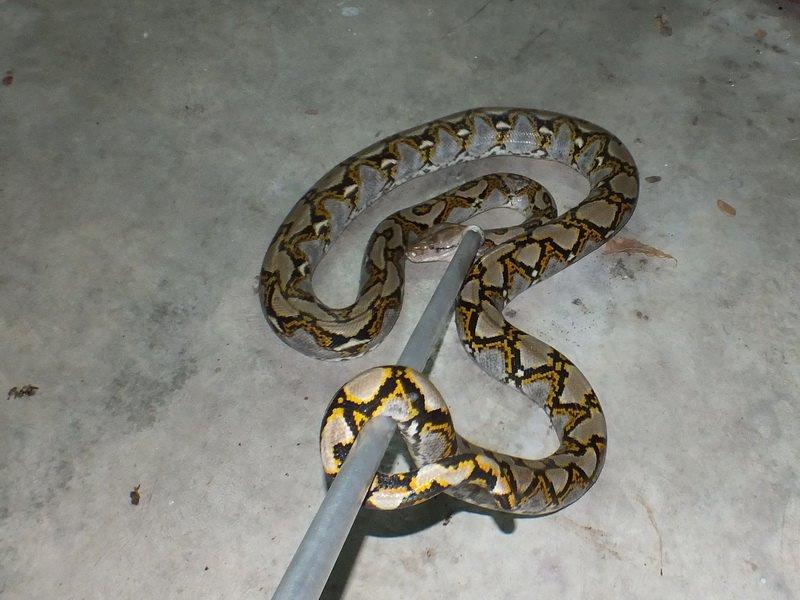
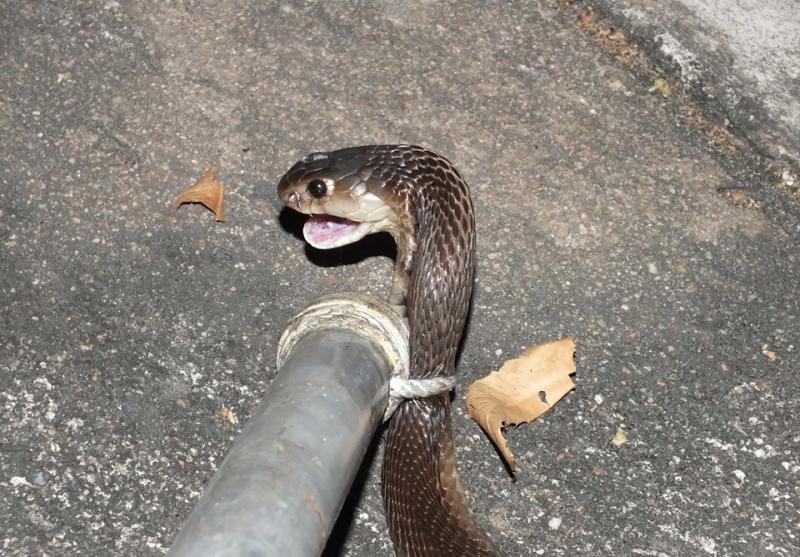
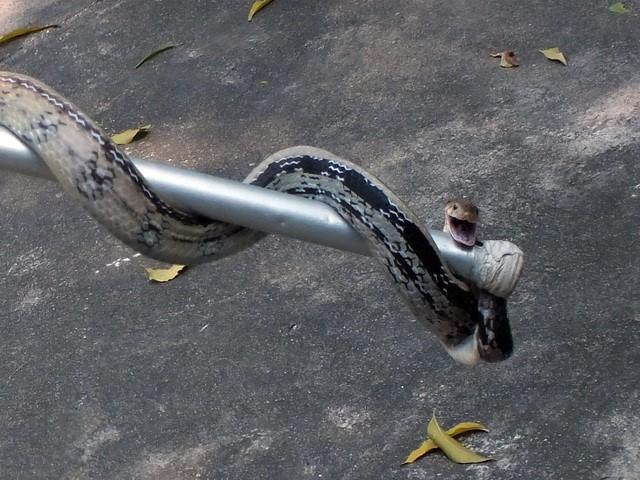
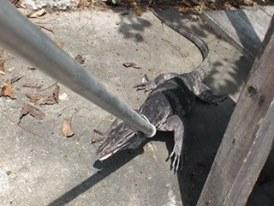
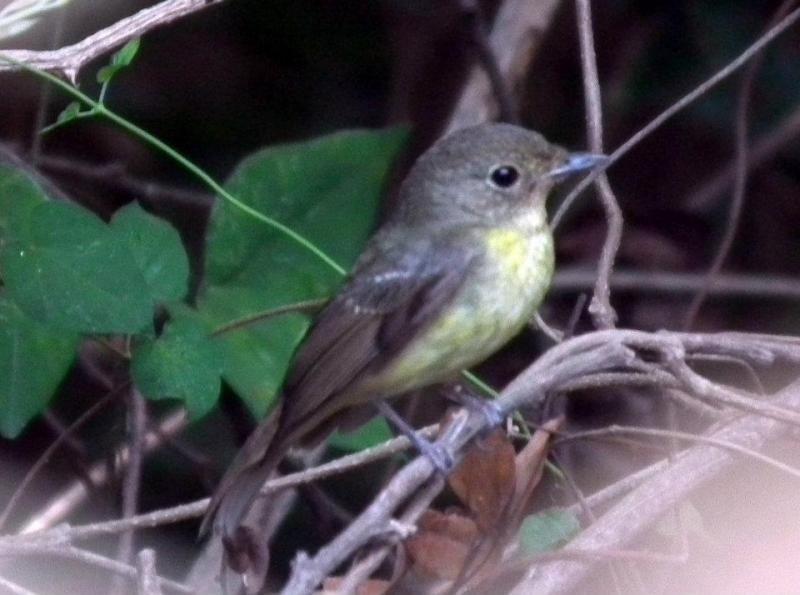
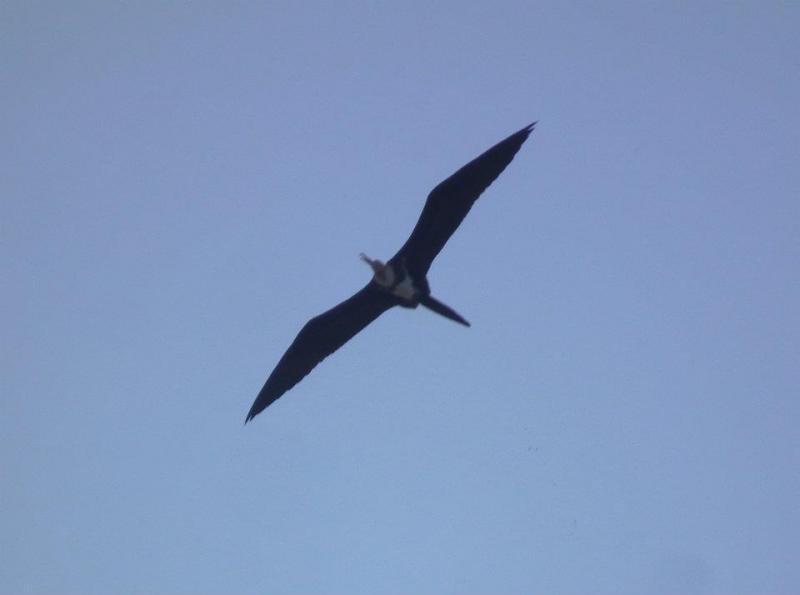
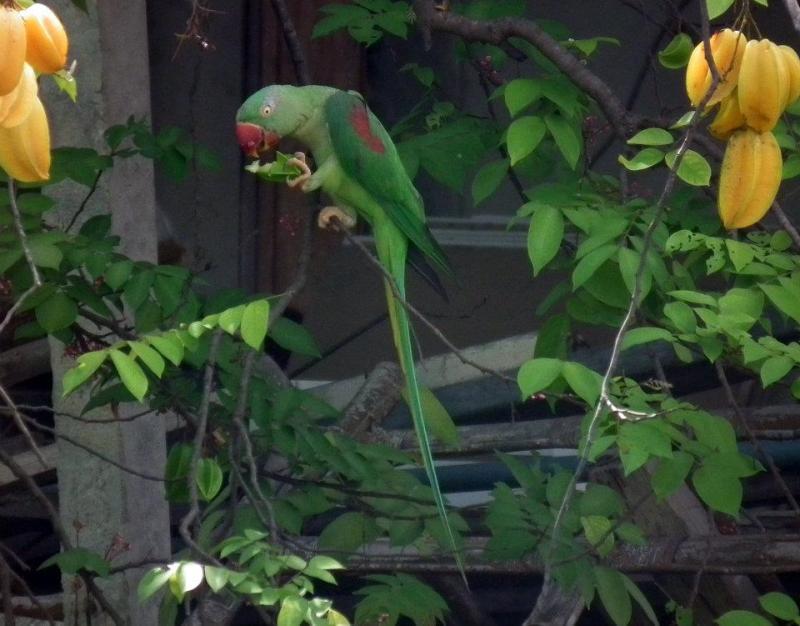
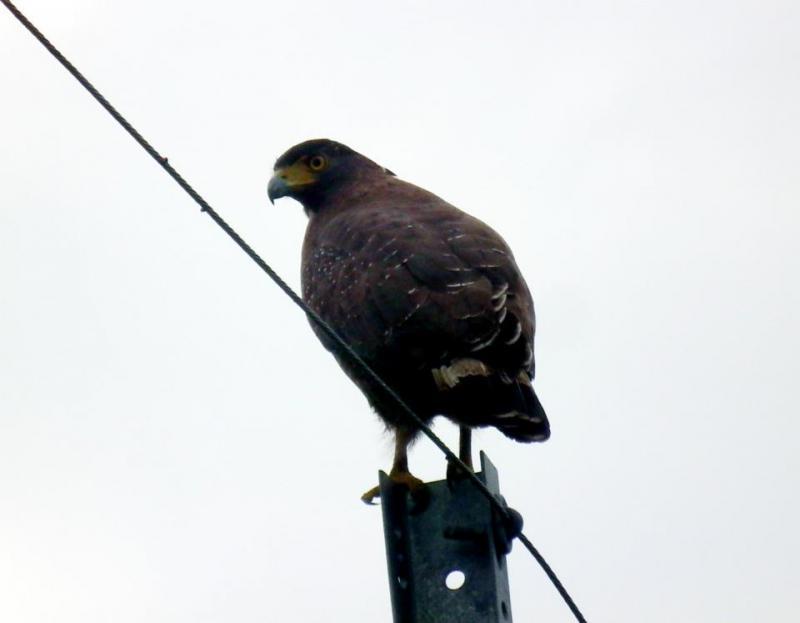
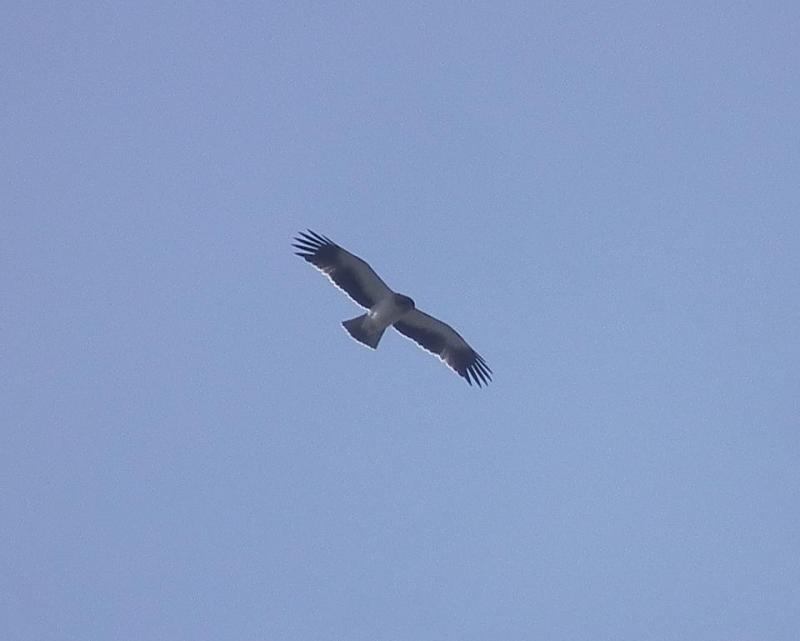


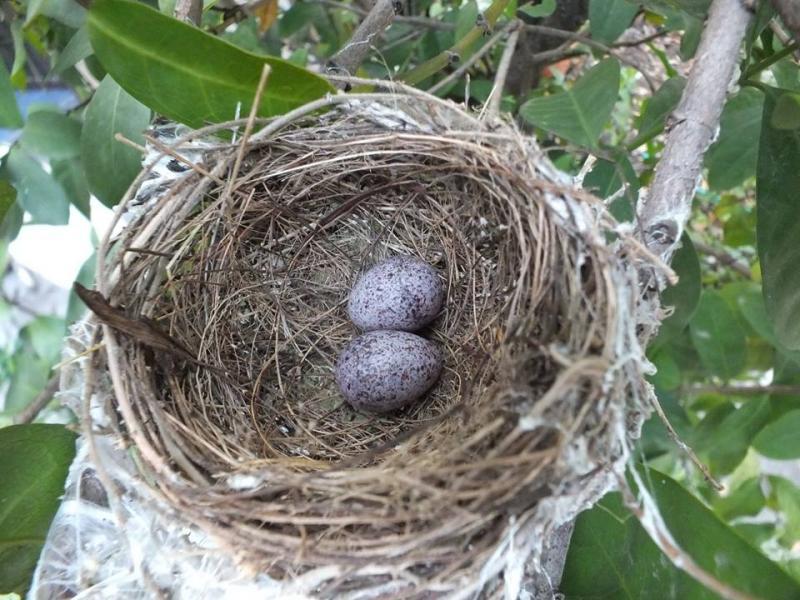
Birds in your garden
in Plants, Pets & Vets in Thailand
Posted
Regarding Black Drongos:
As I have said in many threads before, "The Birds of the Bangkok Area" by Philip Round gives information that is not included in other books, especially as it relates to status, range (world-wide) and seasonality. If you can find it, get it.
While Black Drongo are resident and year-round in some areas of Thailand, they are far outnumbered by winter visitors. This is true in the north as well as the south. When I lived in Surin, I would only occasionally see one between April and September. By late September to early October they were everywhere. Mostly gone again by end of April, along with most of the other winter visitors. I now live in Chonburi and it's the same here.
So tefldon, you may occasionally see one between Late April and mid September (resident thai), but they (wintering cathoecus) will be back in numbers by late September. In the mean time, they will be north through China.